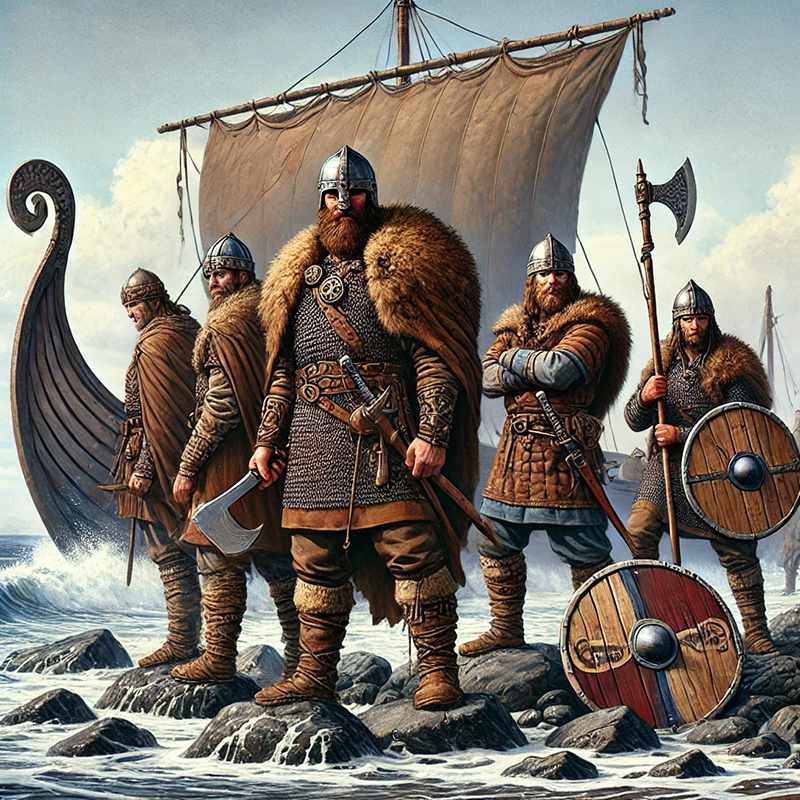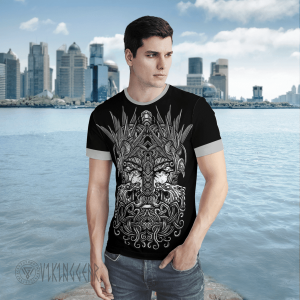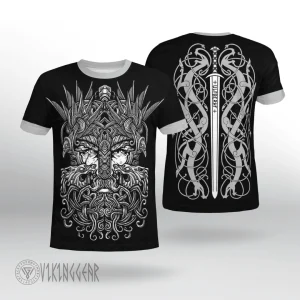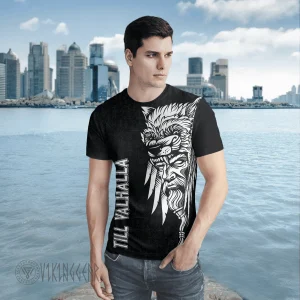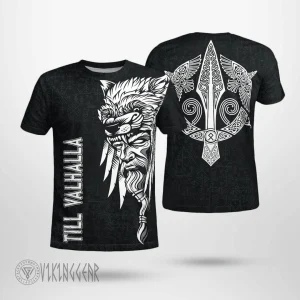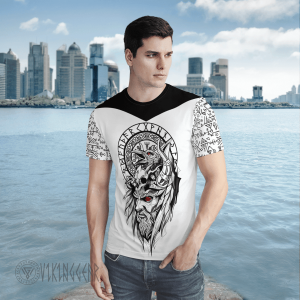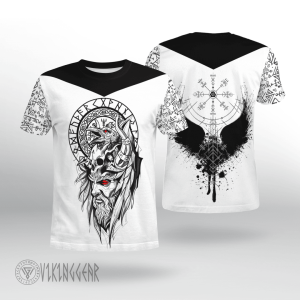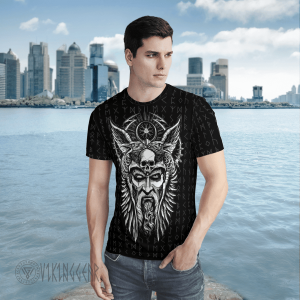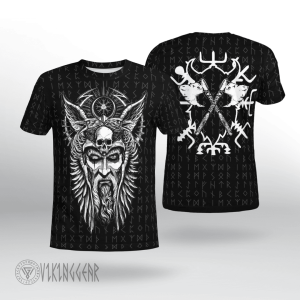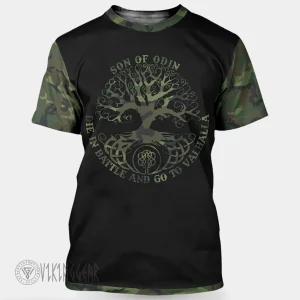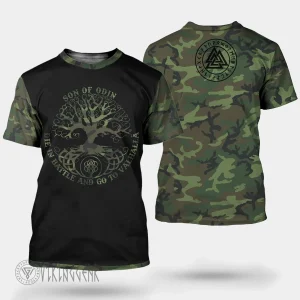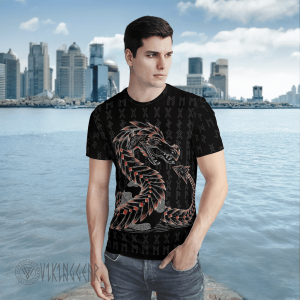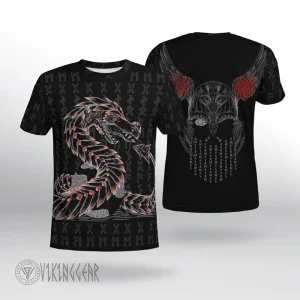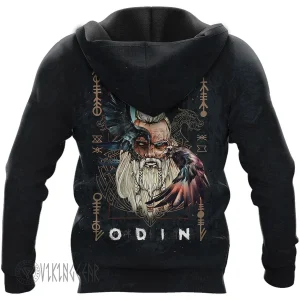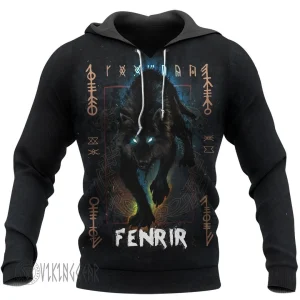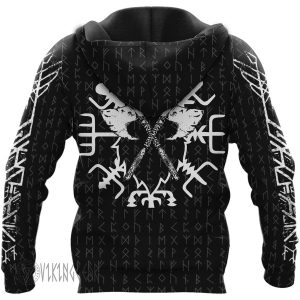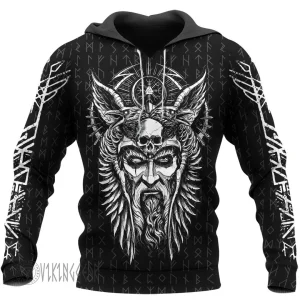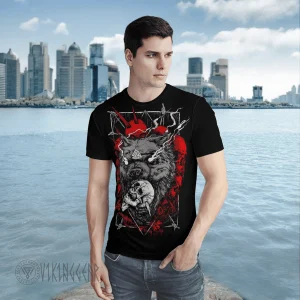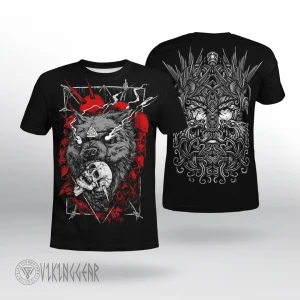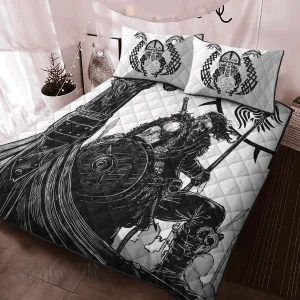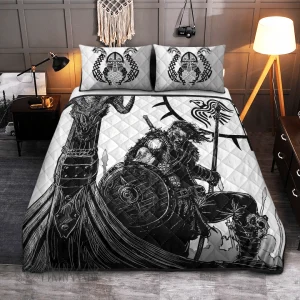Viking Blog
The Vikings: Seafaring Warriors and a Journey Through History
People often see Vikings as fierce warriors. They picture them in horned helmets, raiding coastal villages. Their dragon-headed longships add to this image. But the true history of the Vikings is much more complex and multifaceted. From the 8th to the 11th century, they were raiders. They were also explorers, traders, and skilled craftsmen. They made a big impact on European history and more. Their legacy is clear today. You can see it in place names, languages, cultural traditions, and archaeological finds.
Origins and Expansion
The Vikings originated from the Scandinavian regions of present-day Norway, Sweden, and Denmark. The tough climate and poor farmland pushed them to master seafaring. They built agile ships like the drakkar (longships). These ships helped them sail the open seas and shallow rivers. Their strong maritime skills helped them go on bold journeys. This led to exploration, trade, and military victories.
The Viking Age began in 793 AD. That’s when Norse warriors raided the Lindisfarne monastery in England. It was a sudden and fierce attack. This attack shocked Europe. It started Viking raids across the continent. Over the next few centuries, they expanded their influence far beyond Scandinavia. They raided and settled in England, Ireland, France, and even as far south as Spain and Italy. The Vikings explored the North Atlantic. They settled in Iceland, Greenland, and even North America. Researchers believe that Vinland is in what is now Canada.
In the east, Swedish Vikings called the Varangians traveled through Russia’s rivers. They reached as far as Constantinople and even the Middle East. Some were elite warriors in the Varangian Guard. They served as personal bodyguards to the Byzantine emperor. The Vikings were key in trade and cultural exchanges between Europe and the wider world.
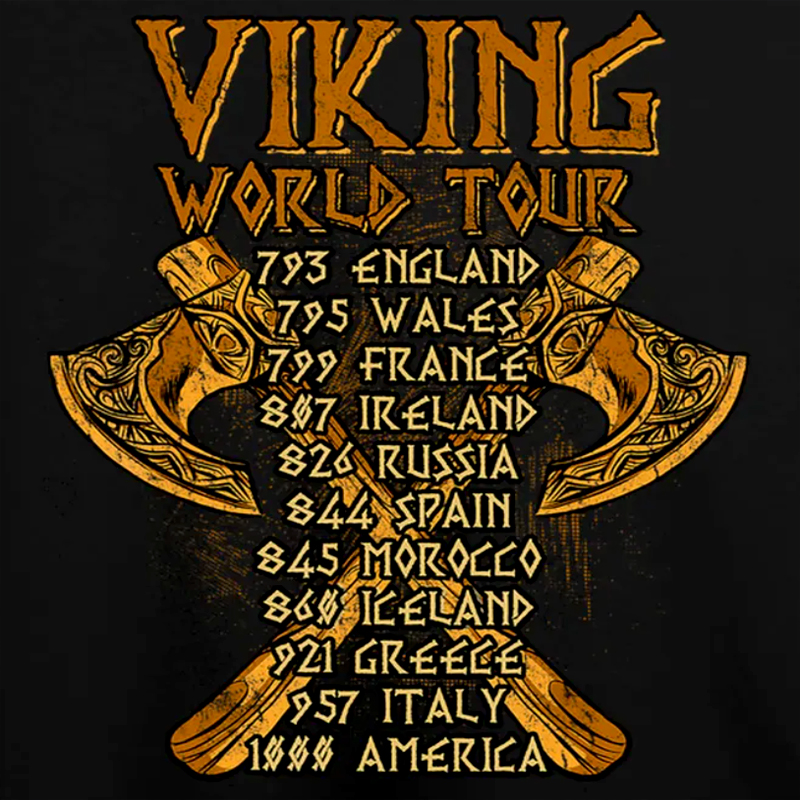
Viking Society and Daily Life
Most people see Vikings as warriors, but many lived peaceful lives. They were farmers, fishermen, and traders. The structure of Viking society consists of three primary social classes:
- Jarl – The noble class, consisting of chieftains and war leaders. They controlled land, commanded warriors, and held significant political power.
- Karl – The free men, including farmers, blacksmiths, merchants, and artisans. They formed the backbone of Viking society, engaging in agriculture, crafting, and trade.
- Thrall – The enslaved class, often prisoners taken during raids. They worked as laborers and servants, but could sometimes earn their freedom.
Women in Viking society enjoyed considerable rights compared to many other medieval cultures. They could own property, start divorce, and even engage in trade. Some historical accounts suggest that shieldmaidens, certain women, may have fought in battles. But, people still debate how much they involved themselves.
Skilled craftsmen and artists, the Vikings excelled. They made intricate carvings, jewelry, and metalwork. The Urnes and Borre styles show off detailed animal motifs and interwoven designs. They also created the runic alphabet. Writers used this alphabet for composing inscriptions, religious texts, and personal messages.
A unique part of Viking governance was the Thing. This was a democratic assembly where free men met. They gathered to settle disputes, create laws, and choose leaders. The Viking governance system was more balanced and active than other feudal societies.

Beliefs and Mythology
The Vikings followed a polytheistic religion, worshiping gods from Norse mythology. Among the most prominent deities were:
- Odin – the god of wisdom, war, and the afterlife, associated with knowledge and sacrifice.
- Thor – the god of thunder. He protects humanity and wields the powerful hammer Mjolnir.
- Freyja – the goddess of love, fertility, and war.
They believed in fate (wyrd) and the afterlife. They especially valued Valhalla, the warriors’ paradise. In Valhalla, fallen warriors feasted and trained for the final battle at Ragnarok. Vikings had unique funerary practices. They often buried their dead in ships or cremated them. These traditions showed their strong spiritual beliefs. Rituals and sacrifices (blót) were also conducted to honor the gods and seek their favor.
In the 11th century, Vikings settled in Christian areas. As rulers converted to Christianity, Norse paganism experienced a gradual decline. Christianity played a key role in how Vikings adapted to medieval European culture.

Legacy and Misconceptions
The Viking legacy is still strong. Yet, myths and misunderstandings twist many parts of its history.
- No horned helmets: Vikings didn’t wear horned helmets in battle, even if many think they did. This imagery comes from 19th-century theatrical productions. Real Viking helmets were simple and designed for protection.
- Not Raiders: The Vikings weren’t about raids. They were also great traders and settlers. They set up key trade hubs like Dublin in Ireland and York in England. This helped build economic networks throughout Europe and Asia.
- Language influence: Many English words like “sky,” “egg,” and “window” come from Norse. This shows how Viking settlements shaped our language.
Today, the Viking legacy shows in Scandinavian culture, historical reenactments, and popular media. This includes TV series, movies, and novels. Archaeological discoveries continue to reshape our understanding of their civilization.
Conclusion
The Vikings were far more than violent marauders. They were explorers, traders, craftsmen, and pioneers. They helped shape medieval Europe. Their famous sea voyages, government roles, and artistic work inspire people worldwide. The Vikings left a lasting legacy. Their longships sailed uncharted waters, and their sagas tell of heroic deeds. They remind us of a bold civilization that sought new horizons.

